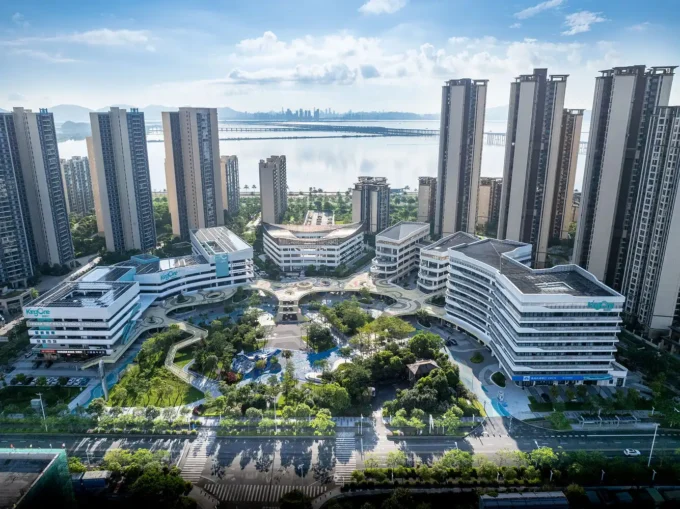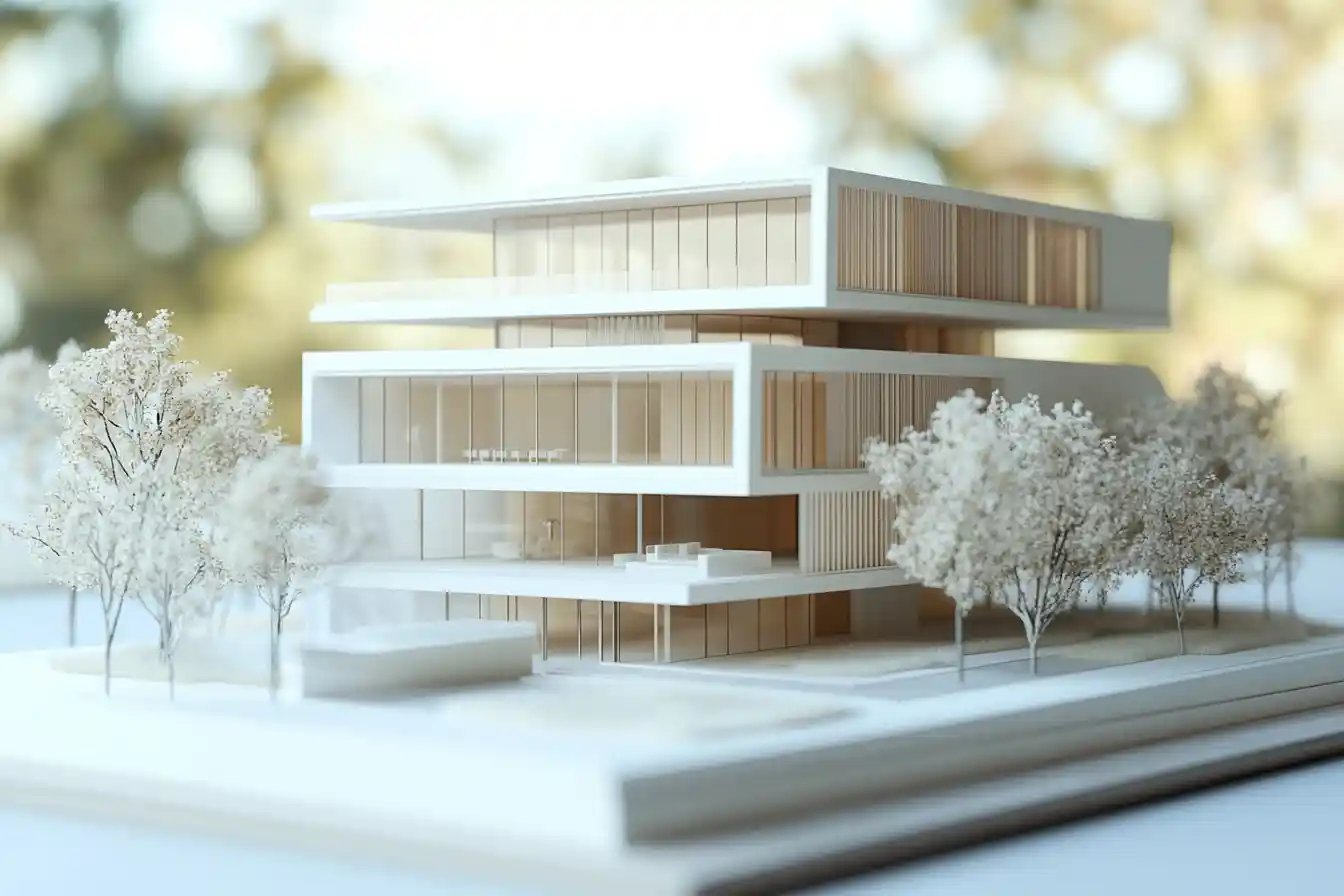In today’s fast-paced world, creating a home that feels both stylish and comfortable is more important than ever. Modern furniture and interior design offer the perfect blend of functionality and aesthetic appeal, making it an ideal choice for those looking to transform their living spaces. With sleek lines, innovative materials, and a focus on minimalism, modern design can breathe new life into any room.
As we explore the art of styling our homes with modern furniture, we’ll discover how to seamlessly blend form and function. It’s all about striking the right balance between bold statement pieces and understated elegance. Whether you’re starting from scratch or refreshing your current setup, embracing modern design principles can elevate your home’s look and feel. So, let’s dive into the world of modern interiors and uncover the secrets to creating a space that’s both contemporary and uniquely ours.

Understanding Modern Interior Design
Modern interior design centers on simplicity, functionality, and clean lines. It borrows from early 20th-century design philosophies like Bauhaus and Scandinavian aesthetics. These styles focus on minimalist elements and integrate neutral colors, such as whites and grays, with natural textures like wood and leather to craft balanced environments.
Materials and Textures
Modern design makes use of innovative and natural materials. We often see metal, glass, and concrete paired with organic elements, creating visually appealing contrasts. Textures are subtle and should blend seamlessly with the space, contributing to the overall calm and sophisticated ambiance.
Color Palette
A neutral color palette characterizes modern interiors. We usually opt for shades from black and white to muted tones, which form the backdrop for bolder accent colors. This balance ensures a sleek and cohesive look, allowing statement furniture pieces to stand out.
Furniture and Layout
Furniture in modern design is both functional and understated. Pieces often feature simple shapes and avoid excessive ornamentation. We focus on arranging furniture to create open spaces and facilitate easy movement. This layout emphasizes leisure and comfort without sacrificing style.
Incorporation of Technology
Modern interiors frequently blend technology with design. We integrate smart home devices seamlessly into the decor, ensuring they enhance functionality without disrupting the aesthetic. This integration supports a streamlined living experience that aligns with the modern lifestyle.
By understanding these core aspects, we can create spaces that embody the essence of modern interior design, achieving both style and practicality in our homes.
Choosing the Right Modern Furniture
Selecting modern furniture involves aligning aesthetics and functionality with the overall design vision. Understanding key pieces and maintaining a balance of form and function is crucial.
Identifying Essential Pieces
Focusing on the fundamental elements sets the tone for any modern space. Sofas with clean lines create a central gathering spot. Dining tables with a minimalist design offer functionality without overshadowing the room’s aesthetic. Accent chairs provide supplementary seating and incorporate visual interest through unique shapes or materials.
Balancing Functionality and Style
Modern furniture must serve practical needs while enhancing decor. Multi-functional furniture like storage ottomans or convertible sofas maximizes space efficiency in smaller areas. Neutral colors allow versatile integration with existing decor, while geometric patterns or metallic finishes introduce visual pop. Prioritizing durable materials ensures longevity and aligns with eco-friendly principles, contributing to a sustainable lifestyle.

Color Schemes for a Modern Look
Color plays a crucial role in modern interior design by influencing perception and mood. Our focus on neutral tones paired with bold accents creates a contemporary and striking ambiance.
Neutral Tones and Bold Accents
Neutral tones like whites, grays, and beiges form the foundational palette in modern interiors. These colors provide a calming backdrop that allows key pieces to stand out. When integrated thoughtfully, bold accents such as navy blue, emerald green, or mustard yellow pop against neutral settings, adding vibrancy and character. For instance, a gray couch subtly enhances a room while a mustard yellow throw blanket provides a vivid focal point. Balancing these elements promotes both harmony and interest, essential in achieving a modern aesthetic.
Using Color to Create Depth
Color enhances spatial perception, creating depth and dimension in interiors. Darker shades like deep charcoal or rich burgundy add depth when used on walls or in large furniture pieces, while lighter hues expand space, making it feel larger. For example, painting an accent wall in a deep color draws the eye and creates focus, while soft whites or light grays on surrounding walls increase openness. By strategically applying these color dynamics, we craft environments that are not only stylish but also spatially coherent.
Incorporating Modern Decor Elements
Modern decor elements elevate a home’s aesthetic by infusing creativity and innovation into each space. Integrating unique pieces seamlessly enhances the modern design concepts that define your living environment.
Lighting Fixtures and Artwork
Lighting fixtures and artwork significantly impact the ambiance of a room. We choose pendant lights and floor lamps with clean lines and sleek finishes for a modern touch. These fixtures not only illuminate the space but also serve as statement pieces. In addition, we select abstract or minimalist artwork to complement the modern style. Large canvases or geometric prints add a focal point without overwhelming the space. Positioning artwork at eye level and using strategic lighting draws attention to these decorative elements, creating a balanced and cohesive look.
Textiles and Patterns
Textiles and patterns add warmth and texture to modern interiors. We use natural materials like cotton, wool, and linen in neutral or muted colors to maintain a cohesive design. Rugs with geometric patterns or subtle textures can anchor a space and provide a visual contrast against sleek furniture. Throw pillows and blankets in complementary shades or with simple patterns create an inviting atmosphere. By layering textiles and selecting patterns that align with the modern aesthetic, we add depth and interest to the interiors without compromising the minimalist appeal.

Space Planning and Layout
Effective space planning is essential in modern interiors, ensuring every area serves a purpose and contributes to an inviting environment. With strategic layout choices, we can achieve a harmonious balance that supports both function and style.
Maximizing Space and Flow
Using modern furniture, we can maximize space and improve flow. Opt for multi-functional pieces like sofa beds or expandable tables that offer flexibility. Arranging furniture to facilitate easy movement encourages a natural flow, particularly in high-traffic areas. Ensuring furniture placement allows for clear pathways enhances accessibility and creates an inviting atmosphere. Visual flow is equally important; aligning furniture to maintain sightlines results in an open and cohesive space.
Creating Zones in Open-Plan Areas
In open-plan areas, zoning helps delineate functional spaces while maintaining openness. Using rugs, lighting, and furniture arrangements, we can define distinct areas for dining, lounging, and work. For example, placing a large rug under a dining table anchors the dining area. Pendant lights or floor lamps highlight specific zones, adding visual interest and utility. Selecting furniture with varying heights also creates separation; low-backed sofas can partition living areas without obstructing views, preserving the open-plan aesthetic.

Personalizing Your Modern Interior
Personalization breathes life into modern interiors by introducing elements that reflect our identity. We can achieve this while maintaining the sleek and minimalistic aesthetic central to modern design.
Mixing Styles for a Unique Touch
Combining different styles adds depth and character to modern interiors. We recommend integrating vintage pieces, such as a mid-century chair, with contemporary furniture to create a harmonious blend. Modern and rustic elements like exposed beams paired with sleek, metal fixtures offer an intriguing contrast. By diversifying textures with materials like leather, wood, and metal, we can enhance visual interest and maintain a cohesive look.
Adding Personal Artifacts and Memories
Incorporating personal artifacts transforms a house into a home infused with personality. By displaying family photos or heirlooms, we can tell a story unique to us. Introducing travel souvenirs and collected artworks creates focal points that offer personal significance. Careful curation ensures these pieces complement modern decor without overwhelming the space. Selecting frames and display shelves in neutral tones allows personal items to integrate seamlessly into the overall design, adding warmth and individuality.
Conclusion
Throughout this exploration of modern furniture and interior design, we’ve aimed to provide a comprehensive approach to achieving a stylish and functional home. By focusing on key principles such as simplicity, functionality, and clean lines, modern interiors offer a perfect blend of practicality and aesthetic appeal. Our guidance on choosing essential furniture pieces, integrating technology, and incorporating unique decor elements ensures that your living space not only reflects contemporary design trends but also remains comfortable and personal. Neutral color palettes paired with bold accents, effective space planning, and personalization opportunities all contribute to creating a living environment that truly resonates with your style. As we continue to embrace modern design, these elements help transform any home into a beautifully cohesive and inviting sanctuary.















Leave a comment